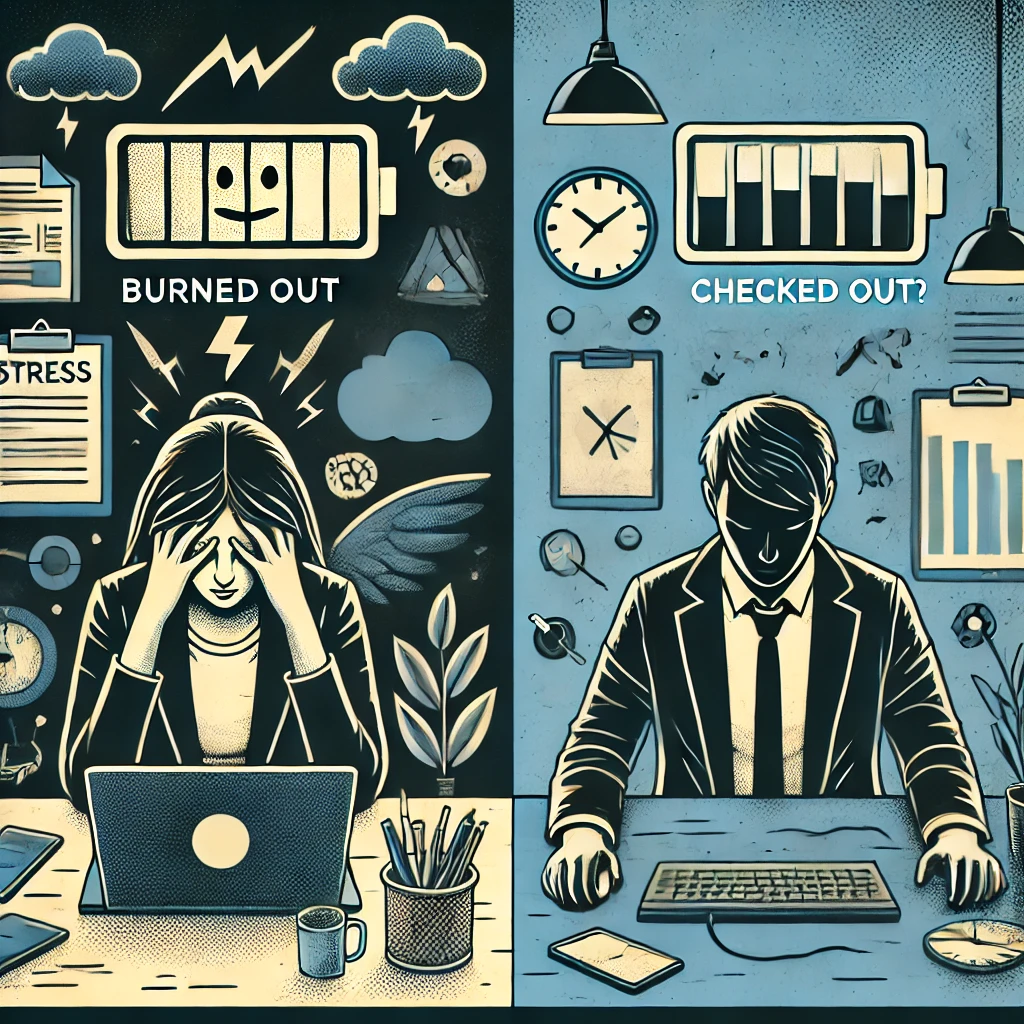More and more companies today are adding “mental health days” to their list of employee benefits—and on the surface, it sounds like progress. Who wouldn’t appreciate a day off to recharge? But here’s the catch: just because mental health days exist doesn’t mean employees feel safe or comfortable actually using them.
Let’s dig deeper. Are these policies truly supportive, or are they just another corporate checkbox?
The Stigma Around Mental Health in the Workplace
In many Indian workplaces, conversations about mental health are still met with silence or discomfort. Despite growing awareness, mental health remains a sensitive subject. Employees often fear being judged, labeled as weak, or viewed as less committed to their work if they admit they’re struggling.
A friend working at a leading firm in Mumbai once shared how, despite having mental health leave, she hesitated to take a day off during a particularly stressful period. She worried that her manager would question her dedication. This isn’t a one-off case. It’s a pattern.
Why Employees Hesitate to Take Mental Health Days
- Fear of Judgment:
Many employees fear being labeled as unproductive or unreliable if they admit to mental health struggles. - Lack of Trust in Management:
If leadership doesn’t openly support mental health initiatives, policies feel hollow. - Unclear Policies:
Vague or poorly communicated mental health leave policies leave employees unsure about how to use them. - Workload Pressure:
Some employees feel their workload is too heavy to justify taking a day off, fearing they’ll fall behind. - Cultural Norms:
In high-performance cultures, overworking is often glorified, making it hard to step back.
How Companies Can Bridge the Gap
- Normalize Mental Health Conversations:
Leadership should talk openly about mental health, sharing their own experiences where appropriate. When leaders lead by example, employees feel safer to be honest. - Educate Managers:
Train managers to handle mental health discussions with empathy and discretion. Managers should encourage their teams to prioritize well-being. - Clear and Accessible Policies:
Ensure mental health leave policies are clear, easy to understand, and communicated regularly. Remove complicated processes for availing leave. - Protect Privacy:
Employees should feel confident that their mental health concerns will be handled privately and respectfully. - Promote Work-Life Balance:
Encourage regular breaks, reasonable workloads, and clear boundaries between work and personal life. Flexible hours can also make a huge difference. - Offer Professional Support:
Provide access to mental health resources—counseling services, helplines, or wellness programs. Companies like Infosys have started integrating such initiatives into their culture.
Real-Life Examples
- SAP India: SAP India offers mental health resources, counseling services, and has mental health ambassadors within the company to create a safe environment.
- Tata Steel: They introduced an employee assistance program offering confidential counseling and wellness services to support mental well-being.
- Swiggy: Swiggy provides mental health leave and has partnered with mental health platforms to offer employees access to therapy and counseling.
What Employees Can Do
- Know Your Rights:
Familiarize yourself with your company’s mental health policies and how to access them. - Speak Up:
If you feel safe, have honest conversations with your manager about workload and well-being. - Support Colleagues:
Encourage a culture where taking mental health days is accepted and respected. - Set Boundaries:
Protect your own mental health by setting boundaries with work hours and workload.
Final Thoughts
Offering mental health days is a step in the right direction, but it’s not enough. Companies must actively create environments where employees feel safe and supported in prioritizing their mental well-being. Real support goes beyond policy—it’s about building a culture of trust, understanding, and genuine care.
After all, mental health days are only helpful if employees feel comfortable taking them.







